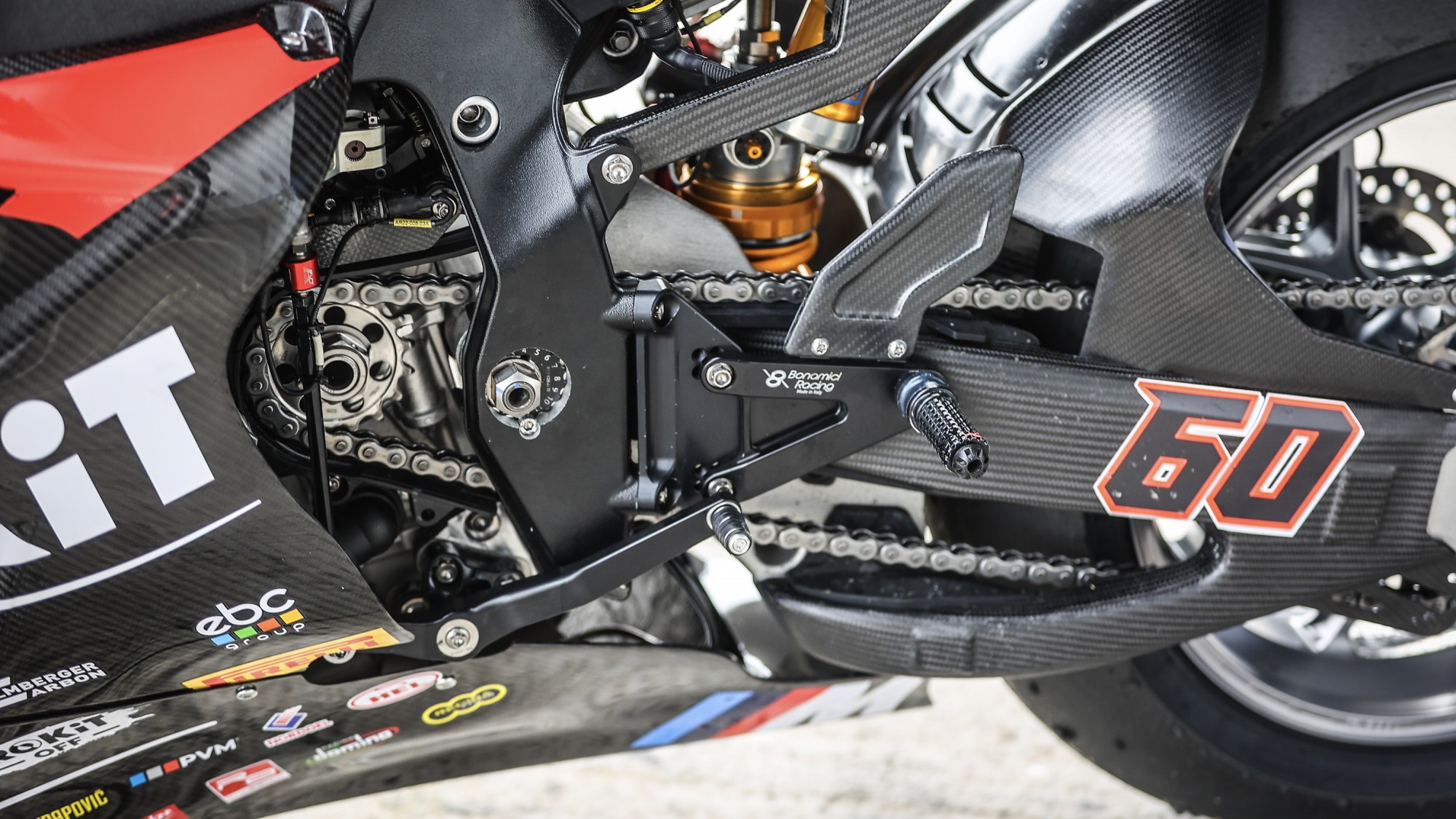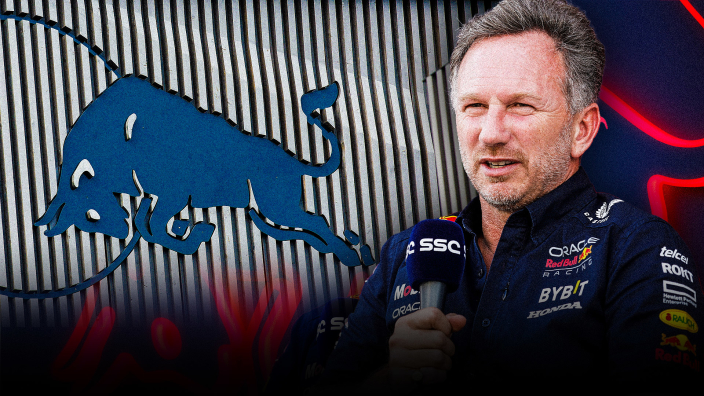Report: Chrysler Pauses Development of Airflow Crossover
Stellantis has reportedly informed suppliers that it has suspended the C6X development program. The codenamed project was assumed to yield a production version of the Chrysler Airflow concept. While Chrysler CEO Christine Feuell recently confirmed that the brand would be launching several new vehicles in the near future, expanding its modest lineup, learning that one of them may have been cancelled is somewhat disconcerting.


Stellantis has reportedly informed suppliers that it has suspended the C6X development program. The codenamed project was assumed to yield a production version of the Chrysler Airflow concept. While Chrysler CEO Christine Feuell recently confirmed that the brand would be launching several new vehicles in the near future, expanding its modest lineup, learning that one of them may have been cancelled is somewhat disconcerting.
When Stellantis took ownership of the former Chrysler brands as part of the merger with FCA, European leadership suggested that the American marquees would have a grace period in which to prove themselves as viable. Unfortunately, they don’t appear to be getting the best support and many are growing concerned that there’s no genuine plan to rehabilitate them.

Announced in 2020, the Airflow concept wouldn't officially debut for almost two more years and has been publicly showcased numerous times since with Chrysler showing off subtle changes. Named after the original Chrysler Airflow from the 1930s, the novel version is an all-electric crossover assumed to enter production early in 2025.
However, according to Mopar Insiders, intercepted emails Stellantis had recently issued to suppliers notifying them that development of the C6X (assumed to be the Airflow) was being cancelled.
From Mopar Insiders:
The C6X, initially inspired by the Airflow (CA) unveiled at CES 2022, underwent a major redesign after Chrysler CEO Christine Feuell requested a more boundary-pushing design language. This move shifted focus from the earlier Airflow design language to the futuristic Halcyon Concept [(pictured below)] design showcased last year.
This concept followed the Airflow Concept, showcased at CES in early 2022. It came a few months after the announcement that Chrysler would transition to an all-electric brand by the mid-2020s, raising questions about the future of this beloved blue-collar luxury brand after the discontinuation of the Chrysler 300 by year-end, leaving only the Pacifica minivan in its 2024 lineup. This is a significant shift from the nine nameplates it had in 2007.
Chrysler’s EV ambitions have been clear since 2022, with Feuell pledging an all-electric lineup by 2028. Yet, the suspension of the C6X raises doubts about whether the brand is rethinking its EV roadmap. The delay comes amid growing skepticism toward electric vehicles (EVs), with many Americans and Canadians citing high costs and insufficient charging infrastructure as barriers to adoption.

Stellantis hasn’t actually fielded many electrified vehicles for North America just yet and some of its new hybrid/EV models haven’t gone over terribly well (e.g. the Dodge Hornet PHEV). But the above may not be evidence that the company is walking back electrification targets. Instead, it could be a sign that Stellantis is preparing to cut Chrysler loose. This would go against what the CEO said just a couple of weeks ago. But it wouldn’t be the first time the automotive industry said one thing and did another.
Then again, other Stellantis brands (e.g. Alfa Romeo) have said they were going to walk back the proposed timeline to transition exclusively to electric vehicles. The same could end up being true for Chrysler.
Another possibility is that the vehicle in development wasn’t hitting the targeted metrics, or couldn’t reach them within the price range Chrysler figured it could sell the Airflow for. The production model was assumed to be a five-passanger crossover featuring twin 150 kW electric motors facilitating all-wheel drive. With a combined output of 402 horsepower the resulting vehicle should have been relatively quick while still offering an impressive 400 miles of range on a single charge.
However, if we look at the EVs playing host to those kinds of numbers on the market today, none of them could be described as affordable. Most all-electric vehicles offering over 300 miles come with an MSRP above $75,000. While there are models that can do it for less (e.g. the Tesla Model 3), you typically have to option the largest battery possible — padding the price significantly.
Considering Chrysler was suggesting the Airflow would manage a whopping 400 miles between charges and come with all the latest technologies, there was little chance of it ever being priced competitively. That certainly doesn’t preclude the company from selling a cheaper, stripped-down version of the airflow for less. But that vehicle undoubtedly would have lacked a battery sized to accommodate 400 miles of range.
That’s pure speculation on our part. However, the market has already signaled that there’s waning interest in new vehicles boasting high prices when consumers are financially tapped out. Features and powertrains marketed as cutting edge similarly aren’t in vogue with mainstream customers right now.

Despite EV volumes continuing to grow, the market is now heavily saturated. You can see this represented within the list of best-selling EVs. Tesla’s Model 3 took the number one spot with over 500,000 U.S. deliveries in 2024. Meanwhile, the Ford Mustang Mach-E (which held 3rd place) moved 56,337 units and Cadillac Lyric (9th place) rounded out the year with just 28,402 deliveries.
Trying to break into the all-electric space has been tough for legacy automakers and most are selling EVs that still see volumes that are a mere fraction of their combustion counterparts. Now might not be the time for Chrysler to throw another contender into the mix.

[Images: Stellantis]
Become a TTAC insider. Get the latest news, features, TTAC takes, and everything else that gets to the truth about cars first by subscribing to our newsletter.
What's Your Reaction?





























_LuckyStep48_Alamy.jpg?#)




















